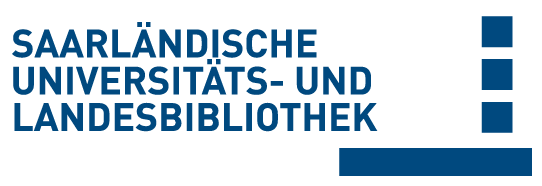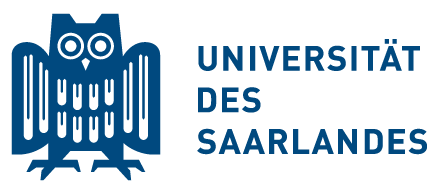Bitte benutzen Sie diese Referenz, um auf diese Ressource zu verweisen:
doi:10.22028/D291-35104 | Titel: | A Short-Time Approach for Fatigue Life Evaluation of AISI 347 Steel for Nuclear Power Energy Applications |
| VerfasserIn: | Bill, Tobias Acosta, Ruth Boller, Christian Donnerbauer, Kai Lücker, Lukas Walther, Frank Heckmann, Klaus Sievers, Jürgen Schopf, Tim Weihe, Stefan Starke, Peter |
| Sprache: | Englisch |
| Titel: | Applied Sciences |
| Bandnummer: | 11 |
| Heft: | 23 |
| Verlag/Plattform: | MDPI |
| Erscheinungsjahr: | 2021 |
| Freie Schlagwörter: | fatigue life evaluation non-destructive testing destructive testing nuclear safety AISI 347 integrity assessment material characterization aged material conditions fatigue lifetime calculation |
| DDC-Sachgruppe: | 500 Naturwissenschaften |
| Dokumenttyp: | Journalartikel / Zeitschriftenartikel |
| Abstract: | AISI 347 austenitic steel is, as an example, used in nuclear energy piping systems. Piping filled with superheated steam or cooled water is particularly exposed to high stresses, whereupon local material properties in the pipes can change significantly, especially in the case of additional corrosive influences, leading to aging of the material. In the absence of appropriate information, such local material property variations are currently covered rather blanketly by safety factors set during the design of those components. An increase in qualified information could improve the assessment of the condition of such aged components. As part of the collaborative project “Microstructure-based assessment of the maximum service life of core materials and components subjected to corrosion and fatigue (MiBaLeB)”, the short-time procedure, StrainLife, was developed and validated by several fatigue tests. With this procedure, a complete S–N curve of a material can be determined on the basis of three fatigue tests only, which reduces the effort compared to a conventional approach significantly and is thus ideal for assessing the condition of aged material, where the material is often rare, and a cost-effective answer is often very needed. The procedure described is not just limited to traditional parameters, such as stress and strain, considered in destructive testing but rather extends into parameters derived from non-destructive testing, which may allow further insight into what may be happening within a material’s microstructure. To evaluate the non-destructive quantities measured within the StrainLife procedure and to correlate them with the aging process in a material, several fatigue tests were performed on unnotched and notched specimens under cyclic loading at room and elevated temperatures, as well as under various media conditions, such as distilled water and reactor pressure vessel boiling water (BWR) conditions. |
| DOI der Erstveröffentlichung: | 10.3390/app112311405 |
| Link zu diesem Datensatz: | urn:nbn:de:bsz:291--ds-351041 hdl:20.500.11880/32137 http://dx.doi.org/10.22028/D291-35104 |
| ISSN: | 2076-3417 |
| Datum des Eintrags: | 6-Jan-2022 |
| Fakultät: | NT - Naturwissenschaftlich- Technische Fakultät |
| Fachrichtung: | NT - Materialwissenschaft und Werkstofftechnik |
| Professur: | NT - Prof. Dr. Christian Boller |
| Sammlung: | SciDok - Der Wissenschaftsserver der Universität des Saarlandes |
Dateien zu diesem Datensatz:
| Datei | Beschreibung | Größe | Format | |
|---|---|---|---|---|
| applsci-11-11405.pdf | 7,28 MB | Adobe PDF | Öffnen/Anzeigen |
Diese Ressource wurde unter folgender Copyright-Bestimmung veröffentlicht: Lizenz von Creative Commons


